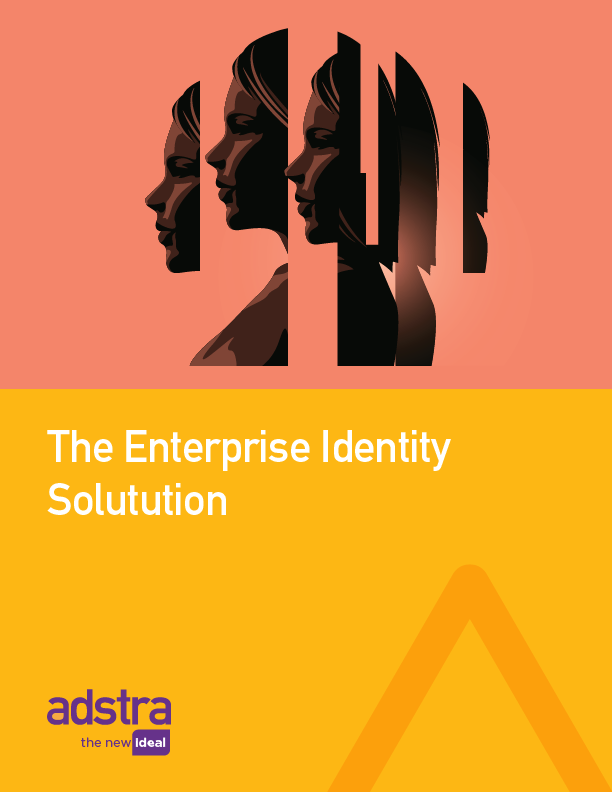By Bryan MacDonald, EVP: Head of Product & Digital Operations, Adstra
Many brands are looking out at a changing marketing ecosystem and trying to find the path forward. There’s a clear need for first party data, and with it, an identity solution that helps brands reach their customers wherever they are. The quest for identity has led many brands to make heavy investment in new technologies, including customer data platforms (CDPs).
The issue, as with all new technologies, is that sometimes investment comes ahead of understanding. Many brands and enterprises that invested in and onboarded CDPs are noticing a deficiency of identity capabilities. They may be surprised, for all they’ve spent, to learn that CDP technology by itself does not always provide everything needed for managing data and identity.
CDPs have become a hot corner of the ad space due to the ongoing debates over privacy and the future of third-party cookies. CDPs let brands control the full prospect universe on any form of identity for activation. A CDP’s core function is that it focuses on known information, and then connects that known information to other marketing and advertising technologies. Ideally, this connection is made via a proprietary identity owned by the brand.
Where many brands are getting stuck right now is the fact that CDPs themselves do not contain the identity solution needed for the output. Without that, the CDP is ineffective. In fact, it’s not really functional.
To better understand what’s necessary, think of CDPs as the next evolution of data management platforms (DMPs). These rose up to help digital marketers link up first-party data with digital identities and third-party behavioral data and segmentation. These are limited to digital, which doesn’t help enterprises that want to bring together their offline data as well. This is a critical part of the future of advertising, as brands look to connect the dots between other channels like TV.
The CDP step one is successful data orchestration. In order to advance to step two, brands need to take some responsibility in making sure that an identity solution flows through their new investment.
They can start by asking the right questions, starting with “How does this CDP link together disparate forms of identifiers?”
This is critical, because as brands begin tackling this problem of a unified identity for data orchestration, they are finding that their first-party data comes in all different forms of existing identity. The ideal function of the CDP is to link all of these identities together so that the output is one single identity. CDPs lack an identity spine that can perform this function.
An identity spine properly connects individuals and households from all the different data sources. Once again, this is important as brands adapt to the shifting winds of advertising. TV audiences are bifurcating and cutting the cord. The portion of digital audience addressable via third-party cookies will get smaller over time. Brands need to be able to reach their existing customers and prospects with timely, engaging messages.
In order to do that, they must be aware that identity may be the missing ingredient in getting their investments to pay off. This is true not only in CDPs, but with clean rooms and any form of data lake that they may be using to organize the enterprise’s first party data.




